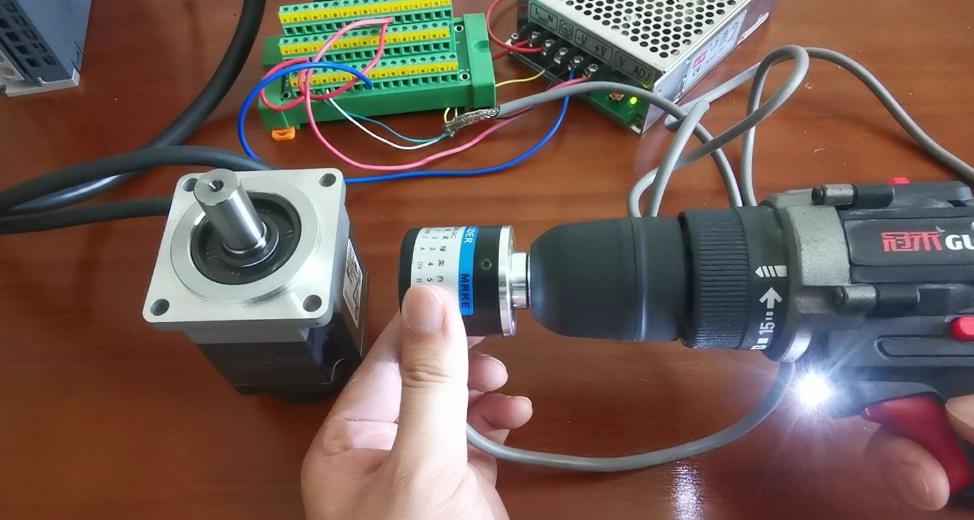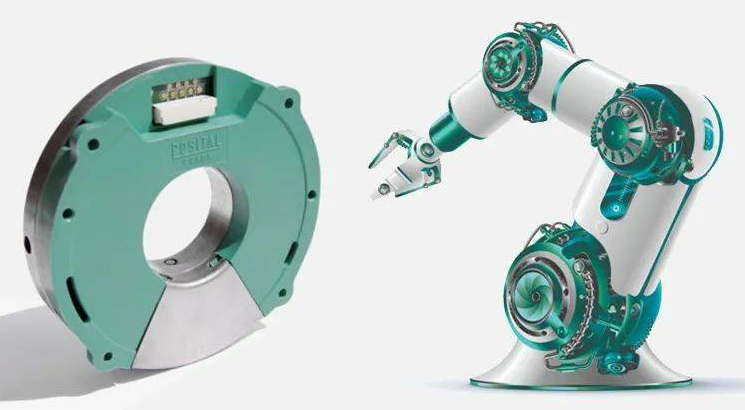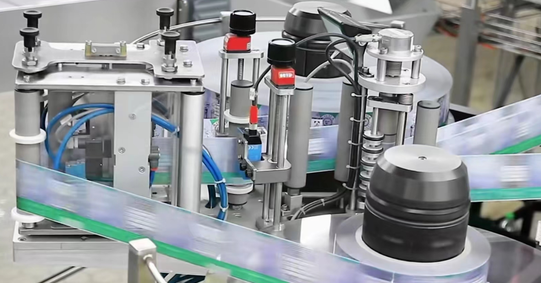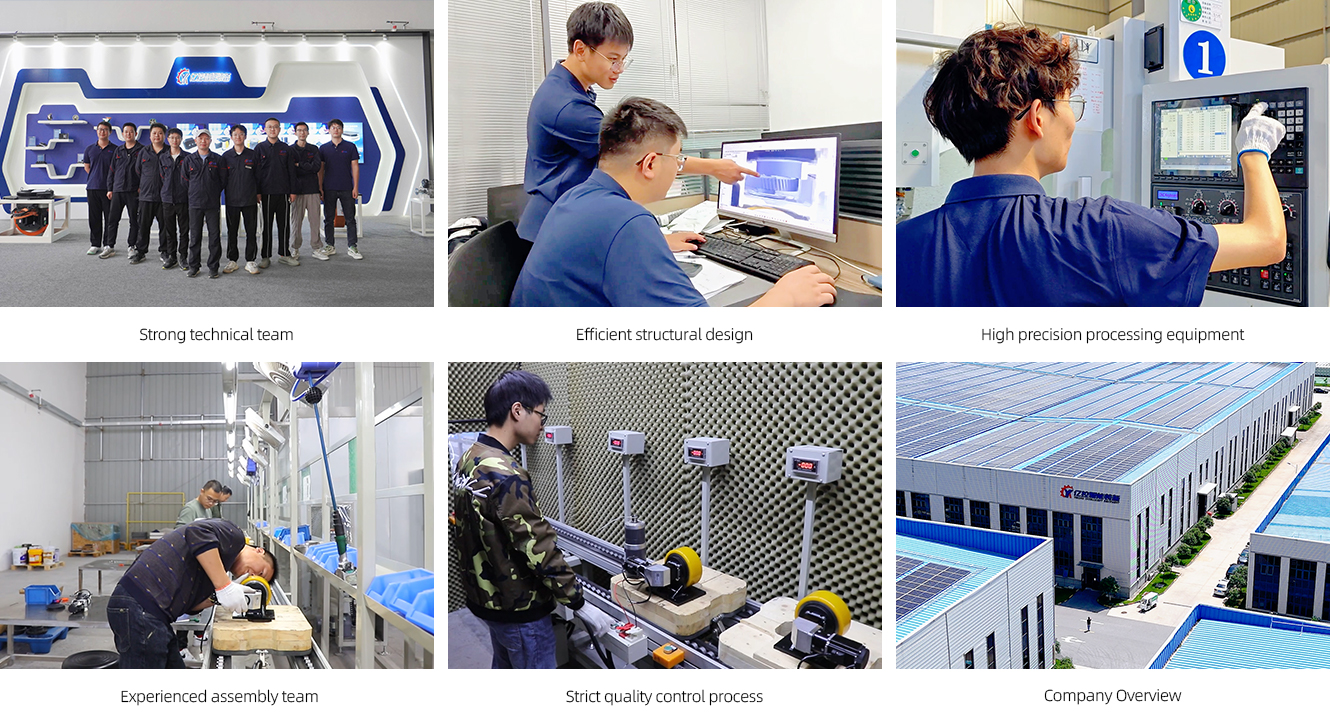Product Introduction
Incremental encoders are highly complex electromechanical devices that play a vital role in accurately measuring changes in motion and direction. These encoders are designed to be extremely precise and reliable, making them an essential component in a wide range of applications.
Incremental rotary encoders are known for generating A/B digital output signals. These signals are based on a specific number of pulses per revolution, which accurately measure angular motion. By converting the angular motion of the shaft into a code (encoding), incremental encoders are able to accurately determine not only the speed, but also the relative position of the shaft.
One of the main advantages of incremental encoders is their ability to provide almost instantaneous feedback of position changes. This makes them ideal for applications where highly accurate measurement and motion control are critical. For example, in the field of robotics, incremental encoders are widely used to ensure the precise movement and positioning of robotic arms and other mechanical parts.
In robotics, accurate measurement and control are essential for tasks such as assembly, pick and place operations, and autonomous navigation. Incremental encoders help robots accurately determine their position and motion, allowing them to perform tasks with high accuracy and repeatability.
In addition, incremental encoders are used in other industries such as aerospace, automotive, and manufacturing. In these areas, they are used in applications such as machine tool controls, conveyor systems, and servo motors to ensure precise positioning and motion control.
An incremental encoder is a powerful electromechanical device that can accurately measure motion and direction. Capable of generating a digital output signal and providing near-instantaneous feedback on position changes, encoders are essential for applications that require high-precision measurement and motion control, such as robotics and other industrial applications.
Application Scenario
Motor control
Speed feedback: The incremental encoder can monitor the motor speed in real time and feed back the speed signal to the control system, accurately adjust the motor drive current, and achieve stable control of the motor speed. For example, in the spindle motor control of CNC machine tools, the feedback of the incremental encoder can ensure the accuracy of the spindle speed under different processing processes.
Position control: used to determine the position of the motor and achieve accurate start, stop and positioning of the motor. In the conveying equipment of the automated production line, the motor needs to accurately convey the workpiece to a specific position. The incremental encoder can provide position information for the motor to ensure the accuracy of the conveying.

Robotics
Joint motion control: Each joint of the robot is usually driven by a motor. An incremental encoder is installed on the joint motor to monitor the angle change and movement speed of the joint, so that the robot can accurately complete various actions such as grasping, welding, and assembly. For example, in the welding robot of the automobile manufacturing plant, the incremental encoder ensures that the robot welding gun can accurately reach the welding position, improving the welding quality and efficiency.
Navigation and positioning: Some mobile robots use incremental encoders combined with other sensors for navigation and positioning. By measuring the rotation of the wheels, the encoder can calculate the robot's moving distance and direction, helping the robot to move accurately and avoid obstacles in the working environment.

Automated production line
Product counting: On the production line, incremental encoders can count products by detecting the distance the product moves on the conveyor belt or the number of rotations of the rotating parts. This helps to accurately calculate the production quantity, monitor the production progress and control the quality. For example, in the food packaging production line, the encoder can accurately count the number of packaged products to ensure the accuracy of the packaging quantity.
Synchronous control: In automated equipment with multi-axis synchronous motion, incremental encoders can ensure the synchronization of the motion of each axis. For example, in a printing press, the rotation of multiple rollers needs to maintain strict synchronization. The incremental encoder can provide the control system with accurate position and speed information, realize the synchronous control of the rollers, and ensure the printing quality.

Six quality assurances














